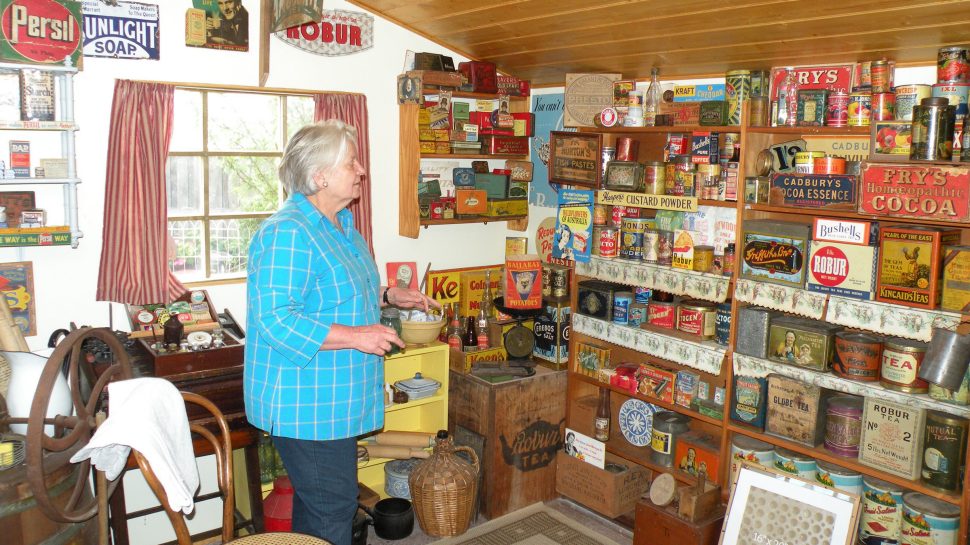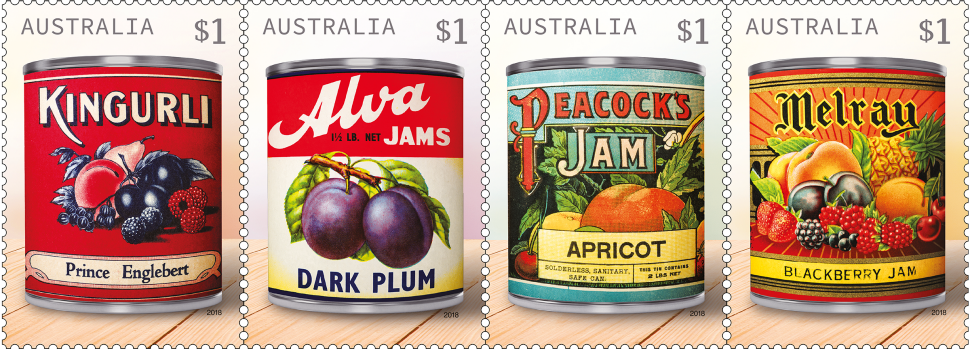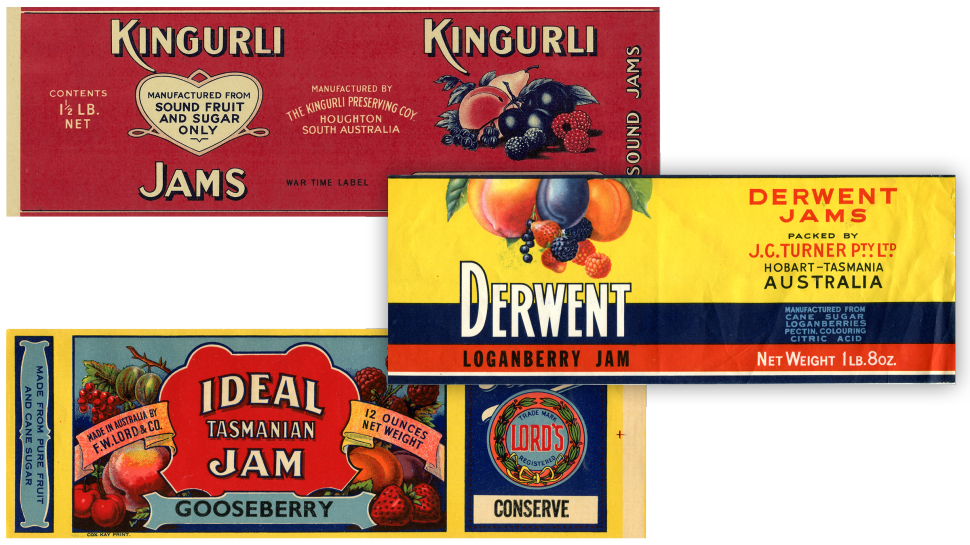Collectors often share certain characteristics. Just ask Val Hawkes, a social historian who has been collecting since she was a child in the 1940s.
“I think collectors share obsessive natures, a desire to display and classify, and a need to order the items of their interests. Most also possess a desire to ‘share’ with like-minded people and to learn from others as well,” says Val.
“Most collectors of ephemera have what I call the ‘history instinct’, which seems to anchor people in the notion of human and social development. Nostalgia for things and methods of the past is a strong motivator for collectors, as is the thrill of the chase,” says Val.
“I grew up in a mining town and collected stones, minerals, plants, animal skulls, books and stamps. My path into collecting came from an interest in the material culture of previous generations,” says Val.
Val’s interests are certainly reflected in her career path. Val has a Master’s degree in Political Science from the University of Tasmania and a PhD in History from the University of Queensland. She has written seven social science texts for children. And since retiring from academic life, she has operated an antiques business.
Val Hawkes’s collection falls into three main groups: advertising of all household goods available in Australia pre-1955; 18th-century porcelain, particularly early Worcester (c. 1770); and nursery items dating from pre-1955, such as games, porcelain, books, school materials. Her favourite ephemera items are advertising materials designed for children, including children’s stories that featured well-known characters such as “Anthony Arrowroot”, described fondly by Val as a “biscuit hero!”
The collection is certainly not gathering dust in some boxes in the garage. Val has a purpose-built and insulated shed in her back garden, in Tasmania, which is “dressed” as a country general store dating roughly from the inter-war period.
“Anyone who shows an interest is welcome. There are many items whose use is now a mystery to at least two generations! The haberdashery alone stands as testament to the frugality of own forebears, with specific mending materials for socks, stockings and knickers, for example,” says Val.
Val’s collection also includes approximately 200 paper jam labels, some of which have been used on products associated with the Vintage Jam Labels stamp issue, released on 6 March 2018. In fact, Val was of much assistance to the researcher on the stamp issue.
“The jam labels in my collection display tremendous talent in the quality of design and printing. They are eye-catching and colourful. The extensive range of fruit also harks back to pre-supermarket days when the fruits of our early settlers were still valued and recognised,” says Val.
“The labels also demonstrate the prevalence of primary manufacturing in many of our states and regional areas particularly. Canneries and jam factories were often huge employers, and there were also the essential pickers and transporters. Most have been swallowed in the name of globalisation,” notes Val.
“I like watching evolution of daily processes and its effects on everyday living patterns. Ephemera en masse can create a background of a previous ‘reality’. ”
That sense of nostalgia for a bygone era is evident in the jam labels featured on the stamps. The stamps present bright and cheerful paper labels that were pasted onto Australian jam tins from the late 19th century until the mid-20th century. Many jam labels from this era featured generic designs, lithographically printed, and then overprinted or stamped with the specific variety of jam.
Commercial jam manufacturing in Australia began on a factory scale in 1861, in Tasmania, when George Peacock (1824–1900) set up a small factory in Hobart. This was closely followed by George McEwin (1815–1885), in 1862, in South Australia, whose brands included Glen Ewin and Kingurli. Smaller jam manufacturers were also dotted around food-producing states, including Alva Jams of Melbourne. Buyers groups and grocers also often had their own brand of jam, such as the Melray grocery chain, established in Melbourne during the 1930s.
Val’s favourite labels show the Tasmanian “obscure” fruits: gooseberries, Orleans plums, Golden Drop plums and the like.
And indeed, the Kingurli jam label featured on the stamp (albeit South Australian) shows a Prince Englebert plum, a wonderfully named large purple plum.
“I look forward to the stamp issue being released. Domestic images from most childhoods evoke a fondness in personal memories,” notes Val.
“I think your jam label stamp issue will be greeted with much appreciation.”
The Vintage Jam Labels stamp issue is available from 6 March 2018, online, at participating Post Offices and via mail order on 1800 331 794, while stocks last.
View the gallery and technical details from this issue
This article was produced at the time of publication and will not be updated.




